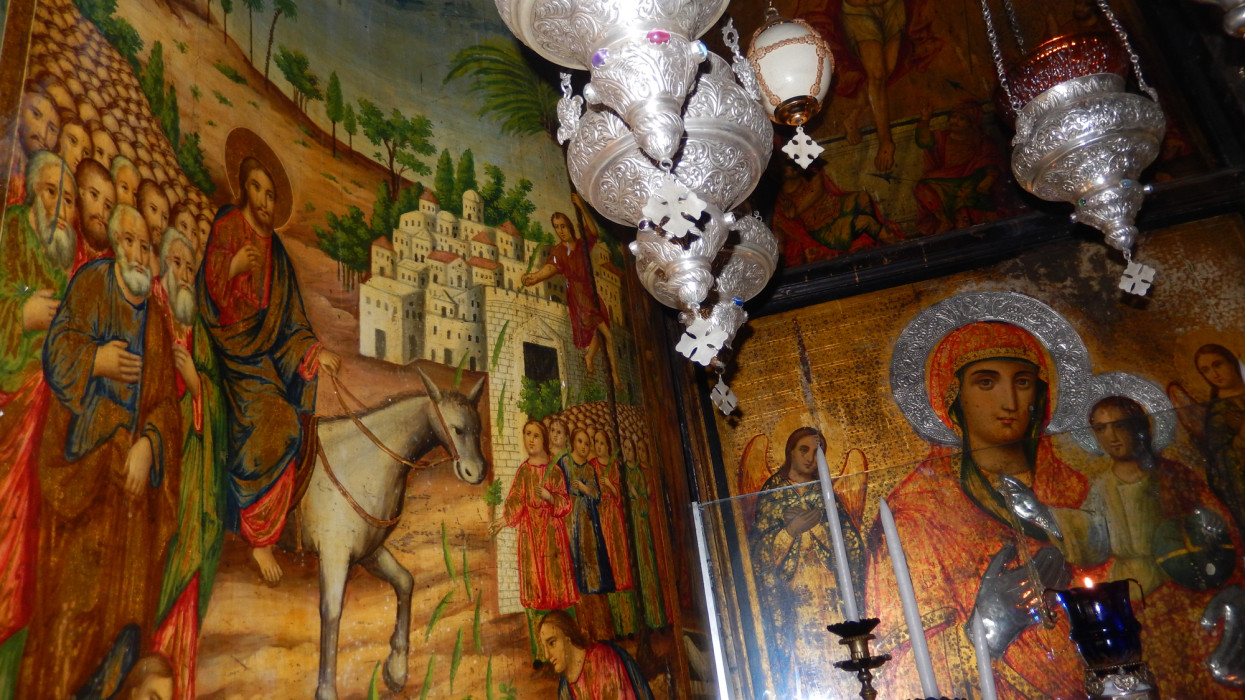At the February Council meeting, the EU Agricultural Ministers commented, once again, not only on the severity of the crisis into which the European milk sector has plunged, but also on the fact that the measures taken so far have failed to have an impact in relieving this situation. Currently, producers have no solution other than to continue producing more in order to soften the effect of declining incomes, even though, collectively, this response worsen the crisis and the ongoing slump in prices.
What, then, may be done to bring the situation back under control ?
Firstly, the market measures taken last autumn must be upheld and reinforced:
- private storage is a useful tool given the narrowness of the market for butter and milk powder. Its character is paramount, and the storage period must be rational in terms of a return to balance which will not be achieved immediately.
- A more sustained policy of promotion is necessary. In this regard, economic reality should be the basic principle: it is in times of crisis that the return to the markets must work, on all markets but especially for those exporting milk powder and butter. These European products have quality assets and a strong global reputation. The (re-)conquest of world markets must be not only accompanied, but also anticipated, by a dynamic European policy of promotion. In this regard, an insurance fund for export credit would be an additional aid, such a tool already being available to Europe's competitors.
However, in the current context, it is clear that these measures alone will be insufficient. This is even truer given that farms which have recently made investments – those upon which the EU relies to generate growth and economic dynamism for the future – are endangered.
Injecting, once again, a few million euros as symbolic political support to farmers should be excluded as a veritable response: the experiences of 2009, and more recently of 2015, unfortunately testify to this.
Temporarily increasing the invention price for a given volume is still regularly mentioned. Farm Europe analysed this possibility in summer 2015. At the European level, the variety and disparity of production costs from one country to another and from one region to another is extremely high. Since the political ‘red line' is to not make an offset market profitable for some in the long term which would jeopardise the market orientation, the room of manoeuvre is very limited to a few cents. The new temporary intervention price would, in fact, be of less than 25 cents.
The political decision to end the milk quota was founded on a basic premise: to build upon the economic actors, notably and primarily farmers, so that they are able to fully respond to market signals. With this in mind, is it not the responsibility of the EU to support these producers in times of severe crises in order to ensure that they have the means to emerge from the spiral of lower prices/individual production increases/ decrease in returns?
“What is the most efficient response in terms of economic performance: driving a sudden decline in production, or waiting while ‘the market does its work' as the expression goes – and then facing the financial effects of a protracted crisis accumulate?“
One tool has, in this regard, been regularly mentioned since 2014. But its analysis as a serious option was incessantly postponed until it was finally implemented by the private initiative of a cooperative in the Netherlands: the possibility to introduce a European incentive to reduce production for a limited time frame and for a predefined volume. This option deserves to be analysed without preconceptions and without the fears conjured with the introduction of new tools.
In times of imbalance between production and demand, responsiveness is key to limiting the financial consequences both for the farming community and for the taxpayers.
What is the most efficient response in terms of economic performance: driving a sudden decline in production, or waiting while ‘the market does its work' as the expression goes – and then facing the financial effects of a protracted crisis accumulate?
The diversity of the milk producing regions in the EU suggests that defining the desired fall in volume compared to the milk deliveries of the winter period, and acting through calls for tender, would be a possible solution.
With the €500 million package presented by the Commission last autumn, there are between 2 and 2.5 million tonnes of milk which would have been concerned. At this scale, would the impact on the European market not be effective and the use of public money efficiently used?
Such a device, however, requires:
- rapid implementation,
- a balanced management of tenders (not too much, but also not so little as to deny the budget which would nip it in the bud),
- and to assume that it would, without a doubt, target two main types of farm:
- competitive farms with lower production would participate fully in the common good of the European milk sector;
- farms leaving the dairy sector (with public support), thus participating in a move towards the sector's restructuring.
Source: Farm Europe







